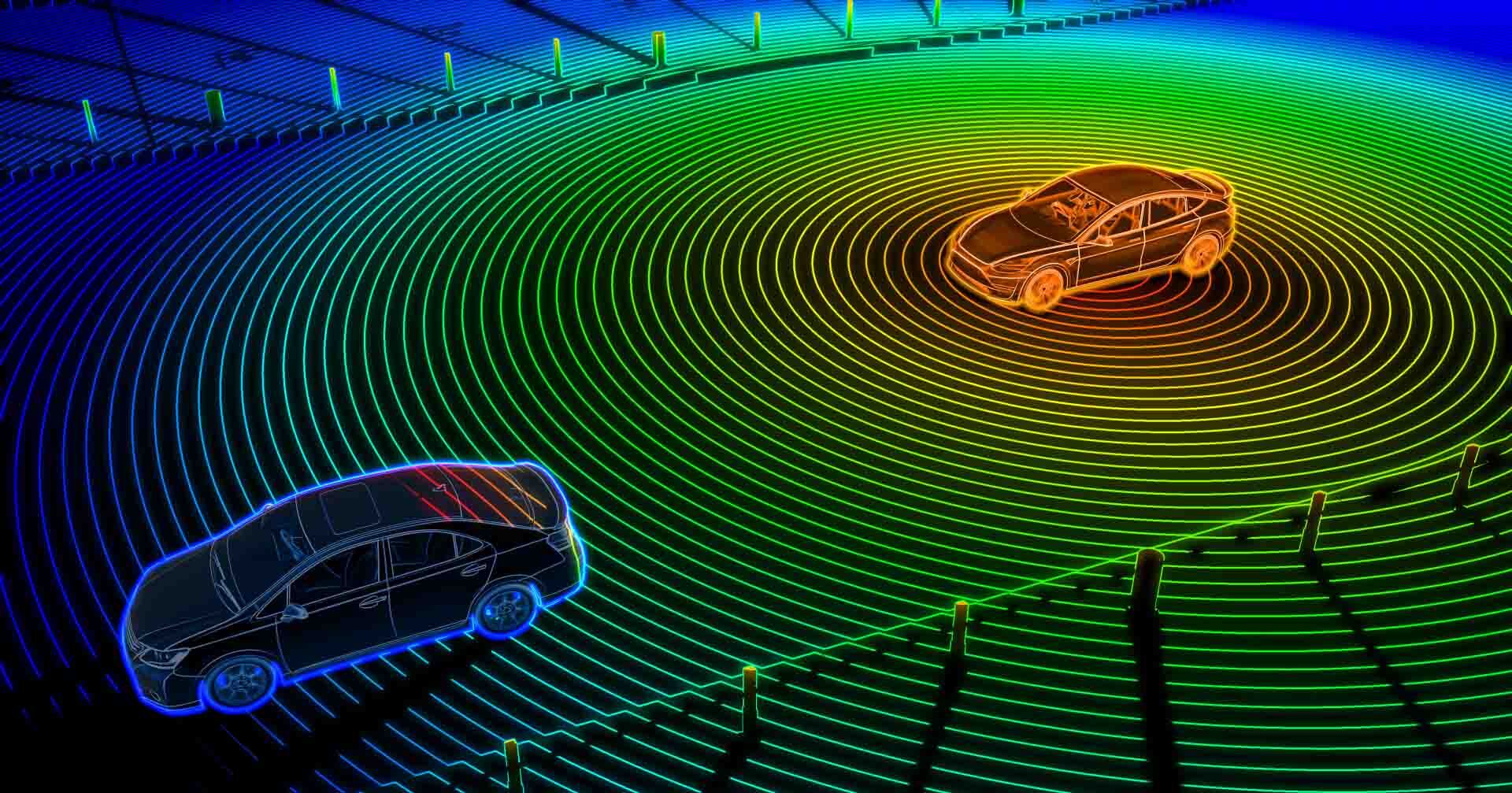
LiDAR technology, short for Light Detection and Ranging, has revolutionized how we understand and interact with our environment. But what exactly is LiDAR? In simple terms, it's a remote sensing method that uses light in the form of a pulsed laser to measure variable distances to the Earth. This technology creates precise, three-dimensional information about the shape of the Earth and its surface characteristics. Why is LiDAR important? It's used in various fields like archaeology, forestry, geology, and even autonomous vehicles. Imagine a tool that can map ancient ruins hidden beneath dense forests or help self-driving cars navigate safely. Intrigued? Let's dive into 30 fascinating facts about LiDAR that will illuminate its significance and versatility.
What is LiDAR?
LiDAR stands for Light Detection and Ranging. This technology uses laser light to measure distances and create detailed maps of environments. It's used in various fields, from archaeology to autonomous vehicles.
- LiDAR works by emitting laser pulses and measuring the time it takes for them to return after hitting an object.
- The technology can create 3D models of landscapes, buildings, and other structures.
- LiDAR can penetrate forest canopies, making it useful for mapping dense forests.
History of LiDAR
LiDAR has a fascinating history that dates back several decades. It has evolved significantly since its inception.
- The first LiDAR system was developed in the 1960s for meteorological studies.
- NASA used LiDAR technology during the Apollo 15 mission to map the moon's surface.
- Early LiDAR systems were bulky and expensive, limiting their use to specialized applications.
Applications of LiDAR
LiDAR is incredibly versatile and has found applications in numerous fields. Here are some of the most notable uses.
- In archaeology, LiDAR helps uncover ancient ruins hidden beneath dense vegetation.
- Autonomous vehicles use LiDAR to navigate and avoid obstacles.
- LiDAR is used in agriculture to monitor crop health and optimize farming practices.
- Urban planners use LiDAR to create detailed maps for city development.
- Environmental scientists use LiDAR to study changes in landscapes and ecosystems.
How LiDAR Works
Understanding the mechanics behind LiDAR can help appreciate its capabilities. Here's a breakdown of its working principles.
- A LiDAR system consists of a laser, a scanner, and a specialized GPS receiver.
- The laser emits pulses of light, which bounce off objects and return to the sensor.
- The time it takes for the light to return is used to calculate the distance to the object.
- By combining data from multiple pulses, LiDAR creates a detailed 3D map of the area.
Advantages of LiDAR
LiDAR offers several benefits over traditional surveying and mapping methods. These advantages make it a preferred choice in many industries.
- LiDAR provides high-resolution data, allowing for detailed and accurate maps.
- The technology can operate in various weather conditions, including fog and rain.
- LiDAR can cover large areas quickly, making it efficient for large-scale projects.
- It can detect small objects and subtle changes in terrain that other methods might miss.
Challenges and Limitations
Despite its many advantages, LiDAR also has some challenges and limitations. Understanding these can help in making informed decisions about its use.
- LiDAR systems can be expensive to purchase and maintain.
- The technology requires significant computational power to process the data.
- LiDAR can struggle with highly reflective or absorptive surfaces, affecting accuracy.
- Dense vegetation can sometimes scatter the laser pulses, leading to data noise.
Future of LiDAR
The future of LiDAR looks promising, with ongoing advancements and new applications emerging. Here are some trends to watch.
- Miniaturization of LiDAR systems is making them more accessible and affordable.
- Integration with other sensors, like cameras and radar, is enhancing its capabilities.
- LiDAR is expected to play a crucial role in the development of smart cities.
- Advances in AI and machine learning are improving the processing and interpretation of LiDAR data.
- The technology is being explored for use in space exploration and planetary mapping.
Fun Facts About LiDAR
LiDAR isn't just about serious applications; it has some fun and interesting aspects too.
- LiDAR has been used to map the ocean floor, revealing underwater landscapes and shipwrecks.
- Some video games use LiDAR data to create realistic environments and terrains.
The Future of LiDAR
LiDAR technology has come a long way, transforming industries from autonomous vehicles to archaeology. Its ability to create detailed 3D maps and detect objects with high precision makes it invaluable. As technology advances, expect LiDAR to become even more integrated into daily life. From improving self-driving cars to aiding in environmental conservation, the possibilities are endless.
Researchers are constantly finding new applications, pushing the boundaries of what's possible. With costs decreasing and accessibility increasing, more sectors will likely adopt LiDAR. This means safer roads, better urban planning, and even more discoveries in hidden landscapes.
LiDAR isn't just a tool; it's a game-changer. Its impact will only grow, making our world smarter and more connected. Keep an eye on this technology—it's shaping the future in ways we can only begin to imagine.
Was this page helpful?
Our commitment to delivering trustworthy and engaging content is at the heart of what we do. Each fact on our site is contributed by real users like you, bringing a wealth of diverse insights and information. To ensure the highest standards of accuracy and reliability, our dedicated editors meticulously review each submission. This process guarantees that the facts we share are not only fascinating but also credible. Trust in our commitment to quality and authenticity as you explore and learn with us.


